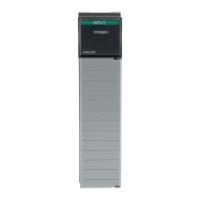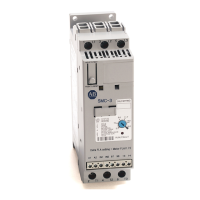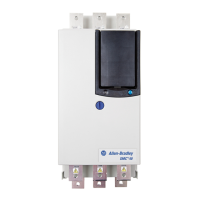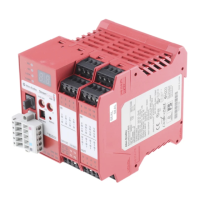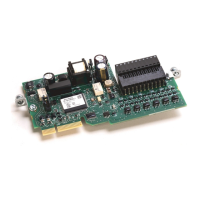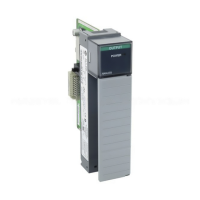Publication 1747-RM001G-EN-P - November 2008
11-28 Understanding Interrupt Routines
Interrupt Subroutine (ISR) Content
The Interrupt Subroutine (INT) instruction should be the first instruction in
your ISR. This identifies the subroutine file as an I/O interrupt subroutine.
The ISR contains the rungs of your application logic. You can program any
instruction inside an ISR except a TND, REF, or SVC instruction. IIM or
IOM instructions are needed in an ISR if your application requires immediate
update of input or output points. Terminate the ISR with an RET (return)
instruction.
JSR stack depth is limited to 3. That is, you may call other subroutines to a
level 3 deep from an ISR.
Interrupt Latency and Interrupt Occurrences
Interrupt latency is the interval between the I/O module’s request for service
and the start of the interrupt subroutine. I/O interrupts can occur at any point
in your program, but not necessarily at the same point on successive
interrupts. Interrupts can only occur between instructions in your program,
inside the I/O scan (between slots), or between the servicing of
communication packets. The following table shows the interaction between an
interrupt and the processor operating cycle.
Note that ISR execution time adds directly to the overall scan time. During the
latency period, the processor is performing operations that cannot be
disturbed by the ISR interrupt function.
SLC 5/02 I/O Interrupts 5/03 and Higher I/O
Interrupts with Bit
S:33/8 set
5/03 and Higher I/O
Interrupts with Bit
S:33/8 cleared
Input Scan Between slot updates Between word updates Between slot updates
Program Scan Between instruction
updates
Between word updates Between rung updates
Output Scan Between slot updates Between word updates Between slot updates
Communications Between communication
packets
Between word packet
updates
Between communication
packets
Processor Overhead At start and end Between word updates Between word updates
Events in the Processor Operating Cycle
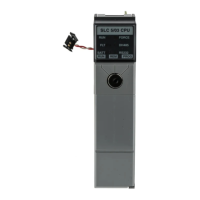
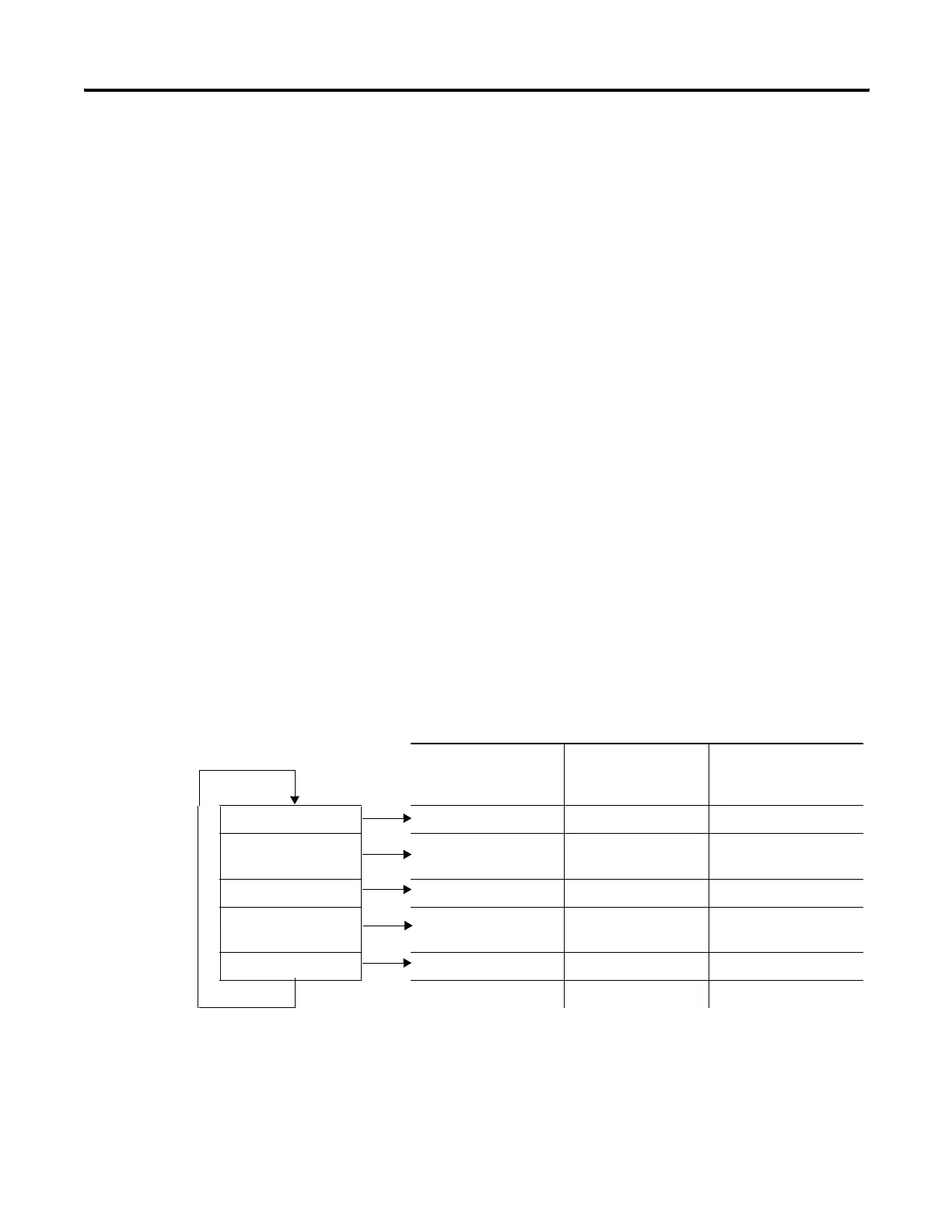